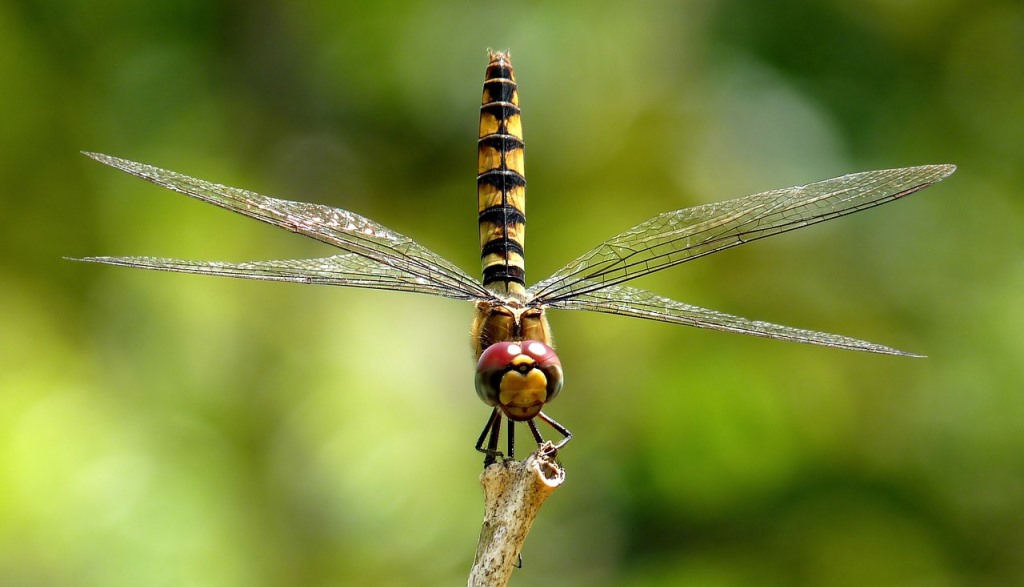A multi-partner initiative called The Economics of Ecosystem Restoration (TEER) is collecting standardized data about the costs and benefits of ecosystem restoration worldwide.
A global database on the costs of ecosystem restoration would be a precious resource for organizations, investors and governments in the field of restoration for planning purposes and as a basis for further analysis of the economics of restoration.
Better information on the costs and benefits of restoration is also a key contribution to the socio-economic pillar of the monitoring framework currently in preparation in the context of the United Nations Decade on Ecosystem Restoration.
PARTNERS’ ENGAGEMENT
All TEER products are the result of online and in-person consultations conducted with a wide range of partner organizations (see the full list of contributing organizations here) on the occasion of several meetings convened by the FLRM:
- November 2018 – initial presentation and discussion on the need of a cost and benefit database, objectives and expected outputs of the initiative.
- February 2019 – partners meeting at the FAO Headquarters in Rome: review of relevant past data and initiatives, and agreement on a variety of work packages and outputs with their lead partners.
- April 2020 – presentation of the Excel-based template for data collection and summary of feedback received and plans for the pilot phase.
- September 2020 – presentation of the results of the pilot phase, draft framework for data collection on benefits and structure of the database and user interface.
- March 2021- presentation of the V3 template for data collection, discussion of the benefits module and the data collection strategy.
PRODUCTS
The following two documents will soon be available on this webpage:
- Standard framework of operational concepts for the recording of costs of restoration;
- Template for data collection on costs:
- Excel-based template – The time required to fill the template is estimated at one day of work of the project manager since it is presented in a standardized and ready-to-use form. The template will be filled during the lifetime of the restoration project.
- Companion guidance document for the template.
NEXT STEPS
The following documents are currently being developed and will be uploaded in the future:
- standard framework on benefits;
- updated version of the template with benefits module.
All interested organizations and restoration project managers wishing to share their data by filling the template and contribute to the TEER initiative for the UN Decade on Ecosystem Restorations are invited to contact teer@fao.org.
Photo of greater crimson glider dragonfly by David Mark from Pixabay.

